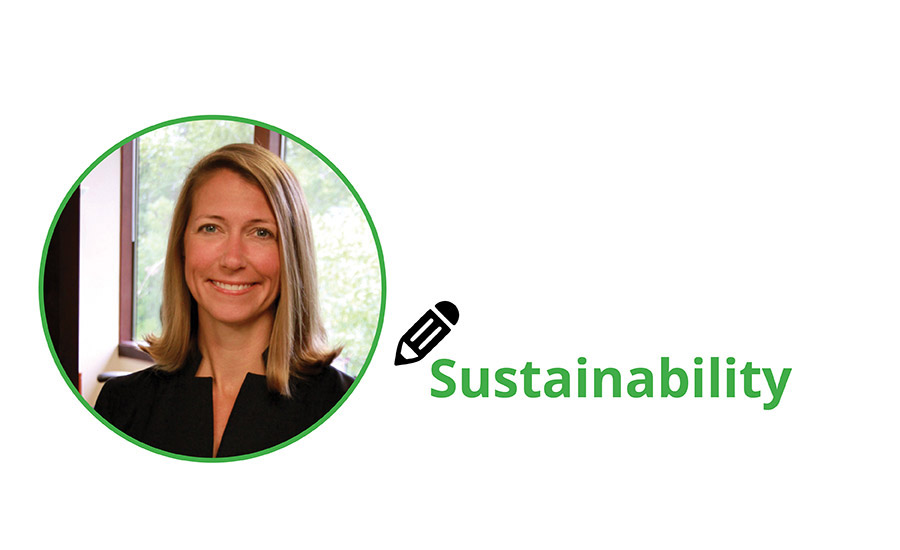About 25 years ago, most consumers and companies were primarily looking to solve baseline health-and-wellness conditions, or find new approaches to address them. These goals fell into one of two buckets: The first was health-condition management, with consumers looking for foods and beverages that would help them treat or prevent specific conditions. The second was weight management. At the time, consumers were in a reactive mode to their approaches to this issue.
How the times have changed. Today’s consumers are much more proactive—even progressive—in their approach to health-and-wellness. “Wellness” is now everyday life. We’ve witnessed a profound cultural shift from “health” to “quality of life,” and from reactive health to proactive wellness.
A vital element of health-and-wellness today is “energy.” Conceptually, energy is almost as important to consumers as concerns over weight management and physical fitness. This rise in importance is a change from the past. As noted in The Hartman Group’s 2015 “Health & Wellness” report, for the majority of consumers (61 percent), the very definition of health-and-wellness is having the energy to live an active life. About three in 10 consumers (29 percent) say their energy level urgently needs to get better. This is surpassed in importance only by thoughts about getting fit and losing weight.
Energy is a broad topic and, much like the mindsets around health-and-wellness, means diverse things to different people. Yet consumers across all age groups feel the need for sustained, balanced energy. Suffice it to say, energy is much more than an energy or snack bar alone.
Many consumers think of energy levels as a daily cycle, recognizing that energy levels naturally ebb and flow throughout the day. They manage their energy levels through combinations of ritual and eating with digestion and nutrition in mind, followed by periods of activity and relaxation. This concept of energy and energy management is founded upon the idea of a mind-body connection.
Consumers often see healthy foods as energizing and less-healthy foods as energy-depleting. All consumers use food and drink to manage energy levels, but health-and-wellness orientation affects their choices. For those actively managing energy-related conditions like anxiety, stress, fatigue and depression, food is the second or third most-common preventive measure, typically behind exercise.
For most consumers, however, lasting nutrition—such as complex carbs, lean protein and plenty of fruits and vegetables—is seen as key to keeping energy levels up throughout the day, along with the occasional caffeine jolt. Most consumers see an implicit connection between digestion and energy—heavy meals make them feel sluggish and lethargic, while light, healthy meals make them feel energetic.
For complete details about the factors and trends driving consumer demand for healthy foods and beverages, check out The Hartman Group’s 2015 “Health & Wellness” report at www.hartman-group.com.




